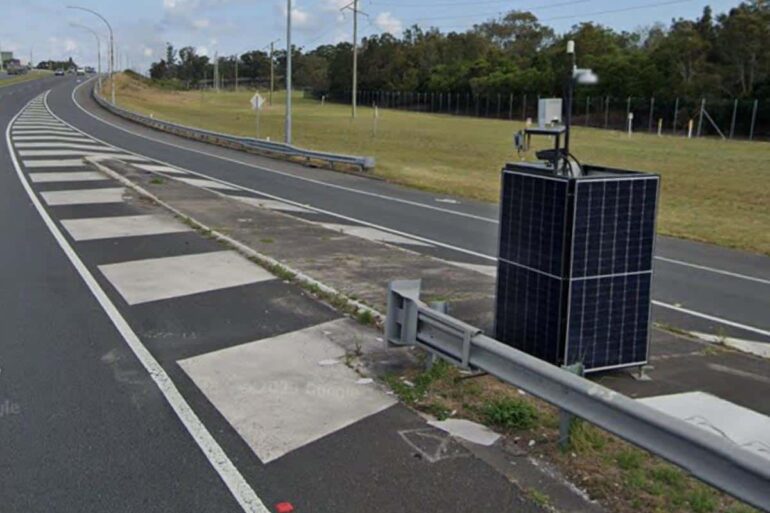TL;DR:
- ‘Machine learning’ cameras installed on Moss Vale Road in Kangaroo Valley for NSW freight routes.
- Controversy surrounds the use of these cameras, with concerns from the trucking industry.
- Transport for NSW (TfNSW) emphasizes that cameras are not for enforcing or monitoring private vehicles.
- The technology is a world-first trial in NSW, aimed at analyzing freight vehicles to reduce congestion and enhance delivery efficiency.
- Cameras capture images of heavy vehicles, classifying vehicle types and cargo for a better understanding of freight movements.
- Solar-powered, AI-enabled technology developed in Australia, with initial software created by TfNSW.
Main AI News:
Moss Vale Road in the picturesque Kangaroo Valley has joined the growing list of freight routes in New South Wales equipped with state-of-the-art ‘machine learning’ cameras, according to an announcement from the freight division of Transport for NSW (TfNSW). While the installation of these cameras has raised concerns within the trucking community regarding data usage, TfNSW is keen to clarify its primary purpose.
Contrary to apprehensions, TfNSW asserts that these cameras are not intended for enforcement or the monitoring of individuals and private vehicles. Instead, they represent a pioneering technological advancement, currently undergoing trials in NSW. The primary goal of this cutting-edge technology is to analyze freight vehicles and facilitate congestion reduction, ensuring the swift and efficient delivery of goods.
The operation of these cameras involves capturing images of heavy vehicles in transit, followed by a sophisticated classification of the vehicle type and cargo being transported. This valuable data will enable Transport for NSW to gain deeper insights into freight movements, ultimately aiding in the strategic long-term planning for the transportation of goods across New South Wales. It’s worth noting that this solar-powered, artificial intelligence-enhanced technology was proudly designed and constructed within Australia, with the initial software iteration crafted by TfNSW’s own skilled team.
As the integration of ‘machine learning’ cameras continues to expand across the state’s freight routes, it is clear that their utility transcends mere surveillance. Instead, these cutting-edge tools are poised to play a pivotal role in shaping the future of freight transportation efficiency and planning in New South Wales.
Conclusion:
The implementation of ‘machine learning’ cameras along NSW freight routes signifies a significant step towards optimizing the transportation of goods. While concerns exist within the trucking industry, these cameras are poised to revolutionize the market by providing invaluable data for congestion reduction and long-term planning, ultimately enhancing the efficiency of freight delivery in New South Wales.

